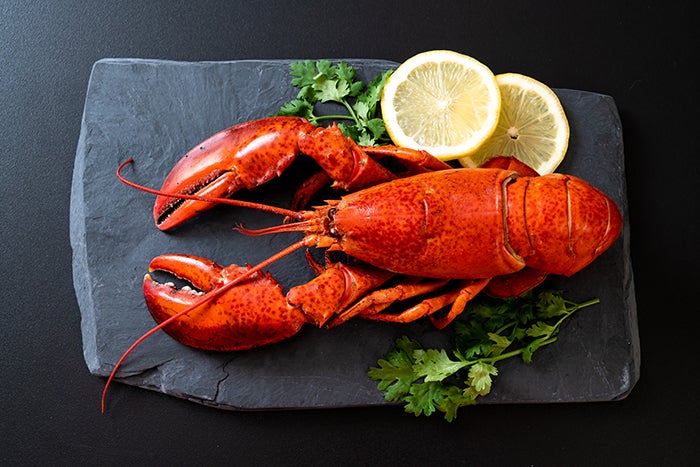
In December 2020, Get Maine Lobster sold more lobsters in three weeks than it did in the entirety of 2019. And all this year, it’s often selling more lobster than Maine fisherman can catch.
The decade-old lobster-by-mail business experienced hockey-stick growth because CEO Mark Murrell took a big risk last March. As millions of Americans sheltered in place, business picked up. So Murrell decided to “pour gasoline on the fire” and spend money on advertising like never before.
“My directive to the agency was, ‘Here are the rules. As long as you can stick with the rules, you have no limit in how much you can spend,’” Murrell said.
The decision broke with tradition.
Until last year, the company was parsimonious with its marketing dollars, spending a little around holidays on Facebook and Google. It also used email marketing and worked with third-party sellers like Groupon and Gilt.
But like other direct-to-consumer companies, Get Maine Lobster had been investing in its data. Going into 2020, it already knew its customer acquisition cost (CAC) and long-term value (LTV) down to a tee.
So as long as its agency kept at or below the customer acquisition cost it needed to break even, Murrell allowed the agency to spend as much as it could.
“If anyone has a really strong understanding of their data – the CAC to LTV ratio, the velocity between orders and repeat buyers, and the cohorts buying, you can design what you spend to acquire a customer,” Murrell said. “Once you have that blueprint, it gives you freedom.”
A seafood stew of marketing
The agency had a blank check, but it wasn’t going to blow the budget on Facebook and Google. Get Maine Lobster methodically added new types of marketing strategies, starting with the more turnkey and laddering up in  sophistication.
sophistication.
First, Get Maine Lobster increased its investment with Facebook and Google, which it already used – sparingly – for Christmas, Valentine’s Day and other celebrations. Then, it added in Pinterest, Instagram and Bing. Third, its agency layered on affiliate marketing and influencers.
Lobster sales went up.
Next, Get Maine Lobster brought on programmatic, including media partners like IHeartRadio and Hulu, and geo-targeted affluent zip codes and states where its customers live. Programmatic allowed it to use its customer data to create new audiences that looked like its lobster-buying customers, further increasing conversion rates, Murrell said.
Not every media type performed as well as programmatic, which boasted 6.2X return on ad spend in December. “We’re getting ready to double down on programmatic. When I get a 6.2 ROAS, I want to know what can we spend? Is there more?”
Get Maine Lobster also invested in its owned marketing, where it could talk to customers directly. Its email marketing database size increased 300% in 2020. Push notifications, launched in July, generated $475,000 in revenue and 43,000 subscribers. Text messages, started in October, brought in more than $1 million in revenue and 19,000 subscribers.
The strong results have Murrell regretting all the money he didn’t spend before 2020.
“This marketing investment would have worked two years ago. All this while I have not been spending enough on marketing,” Murrell said.
Looking ahead, Murrell is bullish that business will continue to be strong after the pandemic. The company is investing in creating dining experiences – especially around ready-made products, like pairing lobster with beef wellington or ready-made seafood meals – that will make eating at home better.
“I think consumer behavior has changed for good,” he said. “People are still going to want to go to restaurants. But there are six other nights of the week.”













